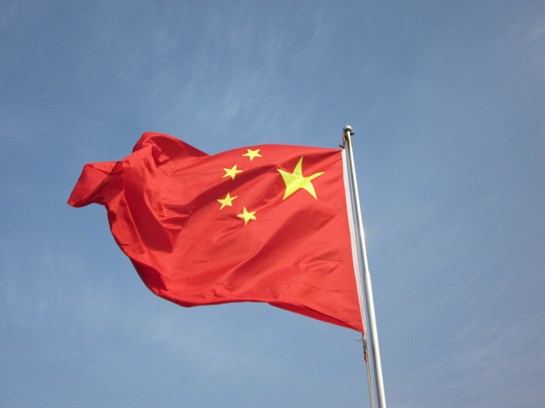
To ensure the most relevant and up-to-date information is available to its clients, Axco has updated its non-life insurance market report for China this month with fresh information and unique analysis. The report contains must-know information such as the country’s non-admitted position, crucial tax and compliance information and breakdowns of the market’s key lines of business. It also contains the latest market statistics.
__
Key insight...
At the end of 2019, there were 179 active insurance companies in China, of which 89 were non-life and 90 were life, health and pensions. Within the non-life category, 67 were domestic and 22 were foreign-invested (with at least 25% foreign shareholding). Most of the domestic insurance industry is state-owned, either directly, as in the case of PICC (Group) Co, or indirectly through the shareholdings of state bodies, municipalities and state-owned enterprises. The non-life market is highly concentrated, with the top three insurers writing 63.8% of premiums in 2018. Despite a gradual relaxation of foreign entry restrictions, foreign direct insurers have failed to achieve any relevance except for onshore/offshore business and have a static market share of only around 2%.
The most unusual feature of the market is the way that the government has chosen the insurance industry as a mechanism for delivering socio-economic policy objectives in areas such as rural development, accident and catastrophe relief, export promotion, private consumption growth and medical security. Government initiatives and premium subsidies have therefore been the fundamental new business drivers for classes as diverse as earthquake, agriculture, compulsory liability, product guarantee, export credit, consumer credit and private medical insurance.
The most important development for 2021 is the liberalisation of motor insurance rating, which was forced through at breakneck speed by the CBIRC in September 2020. This led to an immediate 20% to 30% drop in average motor premiums in the final quarter of 2020 and is projected to reduce total motor premiums by 10% to 15% in 2021. Quite apart from the volume reduction, the new rating system is designed to trim insurers' operating margins and the commissions payable to agents. These factors are expected to produce underwriting losses for most insurers and to encourage motor business to migrate from small insurers to large and from dealer agencies to call centres and the internet. Insurers' difficulties in the motor market will be compounded by negative growth rates for credit and guarantee and personal accident and by the revised risk-based capital system known as C-ROSS II, which is due to be fully implemented by the end of 2021. This may lead to an average 20% to 30% reduction in solvency margin ratios: a serious adverse development for small to mid-size insurers with current ratios of around 150%. C-ROSS II will have a particularly marked effect on the capital requirements of insurers writing motor, health and credit and guarantee.
___
Axco’s insurance market reports offer a uniquely detailed and comprehensive insight into the global non-life (P&C) insurance industry, combining the legislative and regulatory requirements, insurance market developments, and insurance market statistics of not only China but also of over 170 territories worldwide. Reports are set out market by market and follow an easy to navigate, consistent format for ease of use.
Axco is the leading supplier of global insurance market information with over 55 years of experience in researching and publishing industry intelligence on insurance, risk and employee benefits.
Axco is the leading supplier of global insurance market information with over 55 years’ experience in researching and publishing industry intelligence on insurance and employee benefits. Its unique business model and methods of research have enabled the development of an extensive suite of products comprising in-depth reports, focused profiles, Q&A databases, intelligent questioning tools, and email services which are delivered to every corner of the globe.